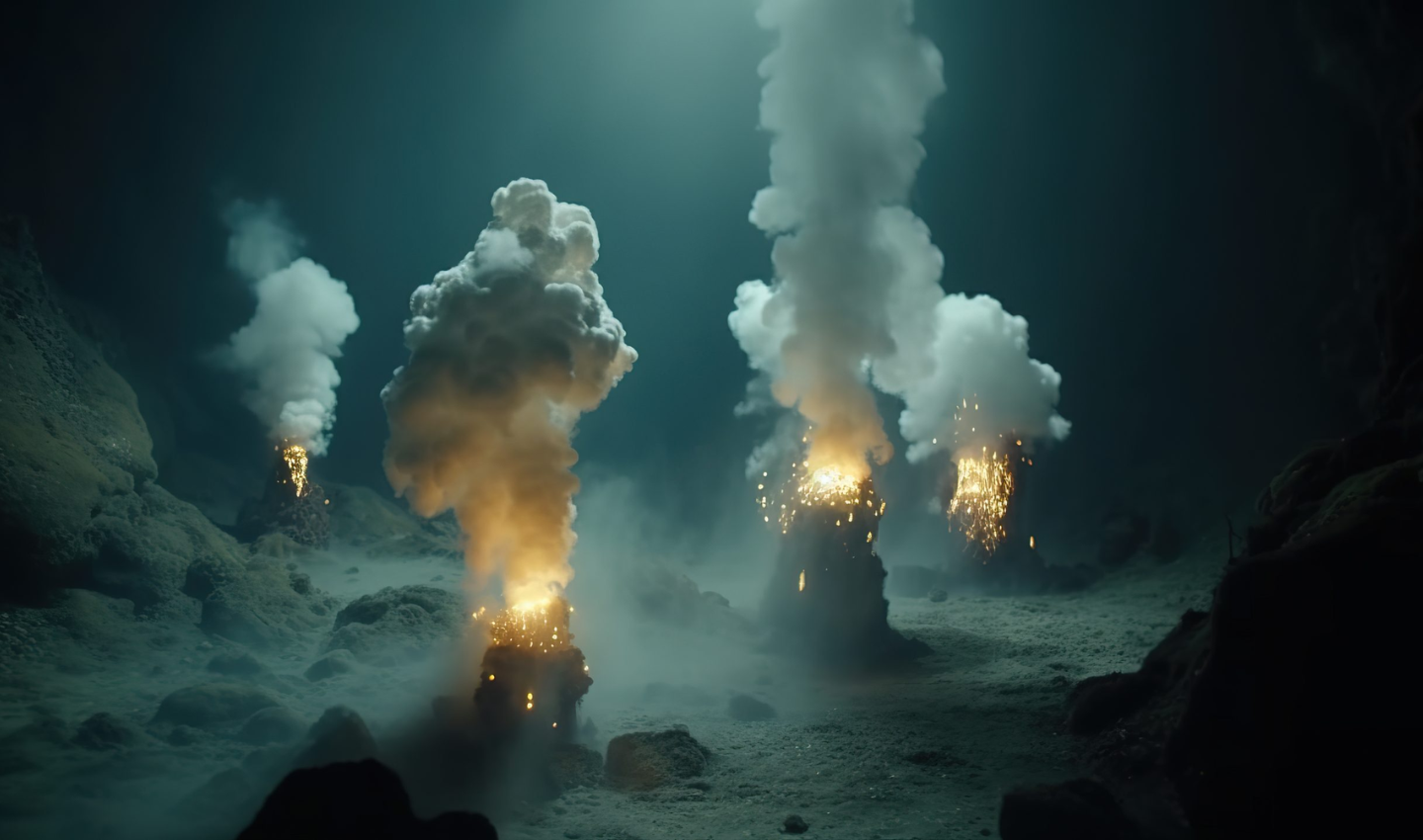- Our Campaigns
- Our Future: Solutions
- Our Partnerships
- Science: Explained
- Take Action
Mangrove Trees: A climate change solution

Along the fringes of coastlines, where land and Ocean meet, grow the world’s mighty mangrove trees.
These resilient trees grow along shorelines, with their complex root networks stretching deep into the mud. These coastal ecosystems are found on every continent except Antartica.
Although mangroves may not look like much, they have unique adaptations that allow them to live in saltwater environments and provide crucial habitats for many marine species.

Why are mangrove trees an Ocean solution?
Mangrove ecosystems are a potent, nature-based solution tackling Ocean threats like climate change and loss of biodiversity.
They are the only forests situated at the confluence of land and sea in the world’s subtropics and tropics and are often called “coastal woodlands”, “tidal forests” and “mangrove forests.”

So, what makes mangroves a climate solution?
Here are 5 ways mangroves trees tackle climate change:
Mangroves are carbon sinks
Mangrove trees are highly effective carbon sinks. They sequester (the process of removing carbon from the atmosphere) 3 – 5 times more carbon per hectare than rainforests and they store up to 5 times more carbon per equivalent area.
Carbon stored in mangrove forests is considered blue carbon as it’s stored on the coast.
“The soil of mangrove forests alone can hold more than two years of global emissions – that’s 22 billion tons of carbon,” according to Project Drawdown. This is why they are a huge Climate Action solution!
Mangrove forests are biodiversity hotspots
There are up to 25 more species of fish and other wildlife in mangroves than in areas where they have been cut down.
Mangroves also provide nesting and breeding habitats for fish and shellfish, birds and sea turtles.

How do mangrove trees improve food security?
For people living in coastal regions, healthy mangrove forests provide a healthy ecosystem from which to fish – and healthy farmland from which to grow crops and other produce.
Mangroves are storm protectors
Mangroves act as natural protection for coastal communities as they protect them from increased storm surges, flooding and hurricanes.
Your coastal water quality ensurer
The heavy network of mangrove roots helps filter sediments, heavy metals and other pollutants. This prevents the contamination of waterways and preserves delicate habitats like coral reefs and seagrass beds.
We’re losing mangrove forests at an alarming rate
Mangroves are some of the world’s most valuable coastal ecosystems and yet we’ve lost around 50% of Earth’s mangroves in the past 50 years alone.
If this trajectory continues, we could lose all mangroves within the next 100 years.
By destroying mangrove habitats we not only take away a source of carbon sequestration, we also release all the carbon stored back into the atmosphere.

Take climate action: Plant a mangrove
At Ocean Generation, we recognise the that planting mangrove trees is a simple and effective step to take Ocean action – and it’s accessible to everyone.
Introducing: The Mangrove Mandate
We’re partnering with local experts to restore mangrove forests in Madagascar. Not only does it give you a chance to take Ocean action at the click of a button but it embodies the way we see the Ocean: as part of the solution; not a victim to the world’s problems.
“How can I plant a mangrove tree?”
- Follow Ocean Generation on Instagram
- For every follow, we’ll plant a Mangrove tree in your name.
We can regenerate a Madagascar Mangrove together!

Want to know more ways you can take Ocean action?
Join the Ocean Generation for monthly Ocean news, stories, and ways you can restore the Ocean – backed by science and driven by storytelling.

























